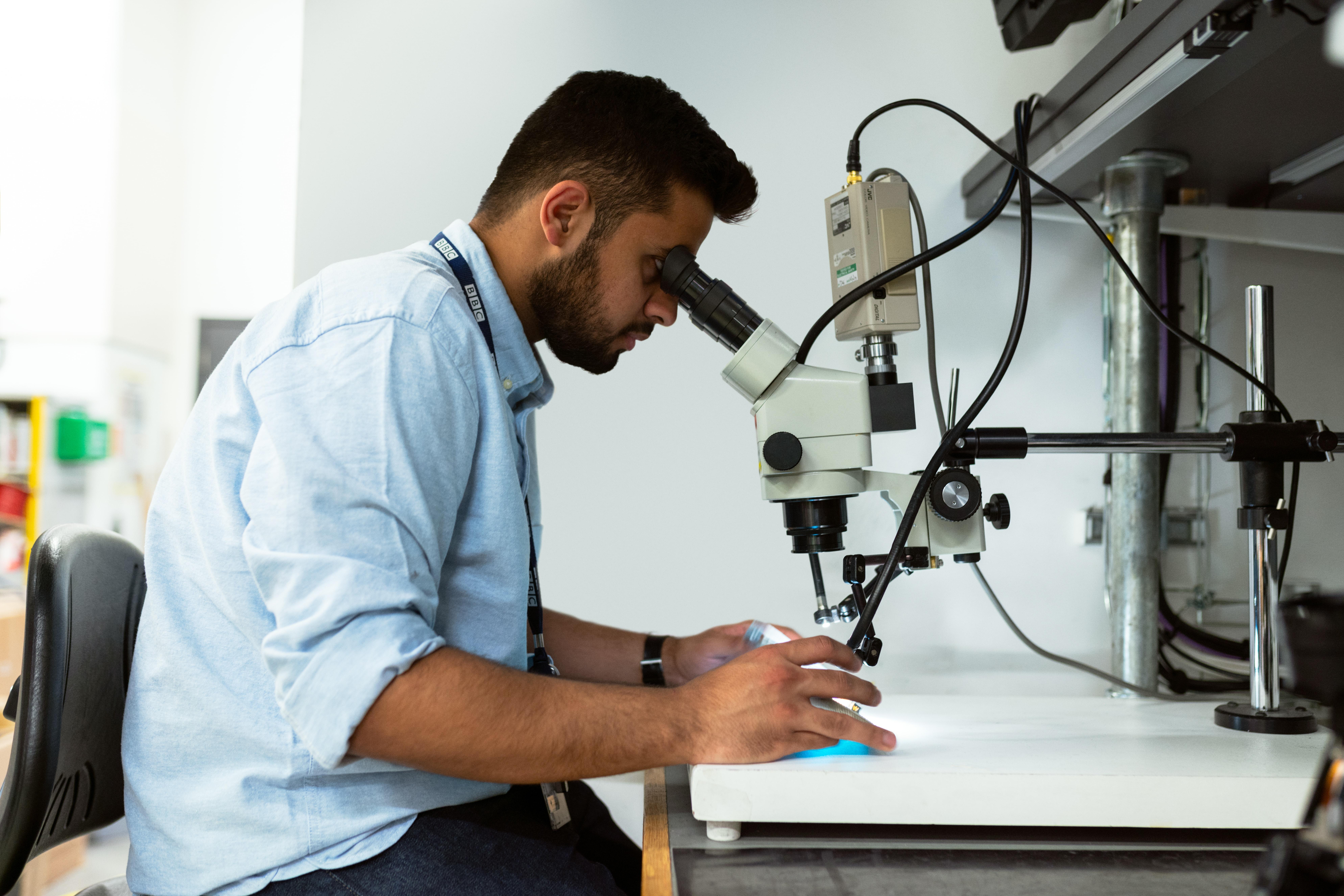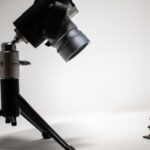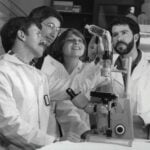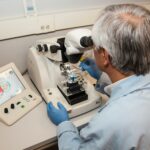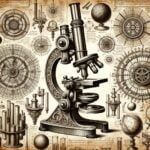Welcome to a captivating journey through time, where we embark on a quest to uncover the captivating history of microscope invention. From the ancient discovery of lenses to the groundbreaking advancements of modern microscopy techniques, this article explores the evolution of this remarkable instrument. As a highly proficient SEO writer and content creator, my goal is to provide you with a mesmerizing glimpse into the captivating world of microscope invention history. So, fasten your seatbelts and prepare to delve into the fascinating depths of scientific discovery.
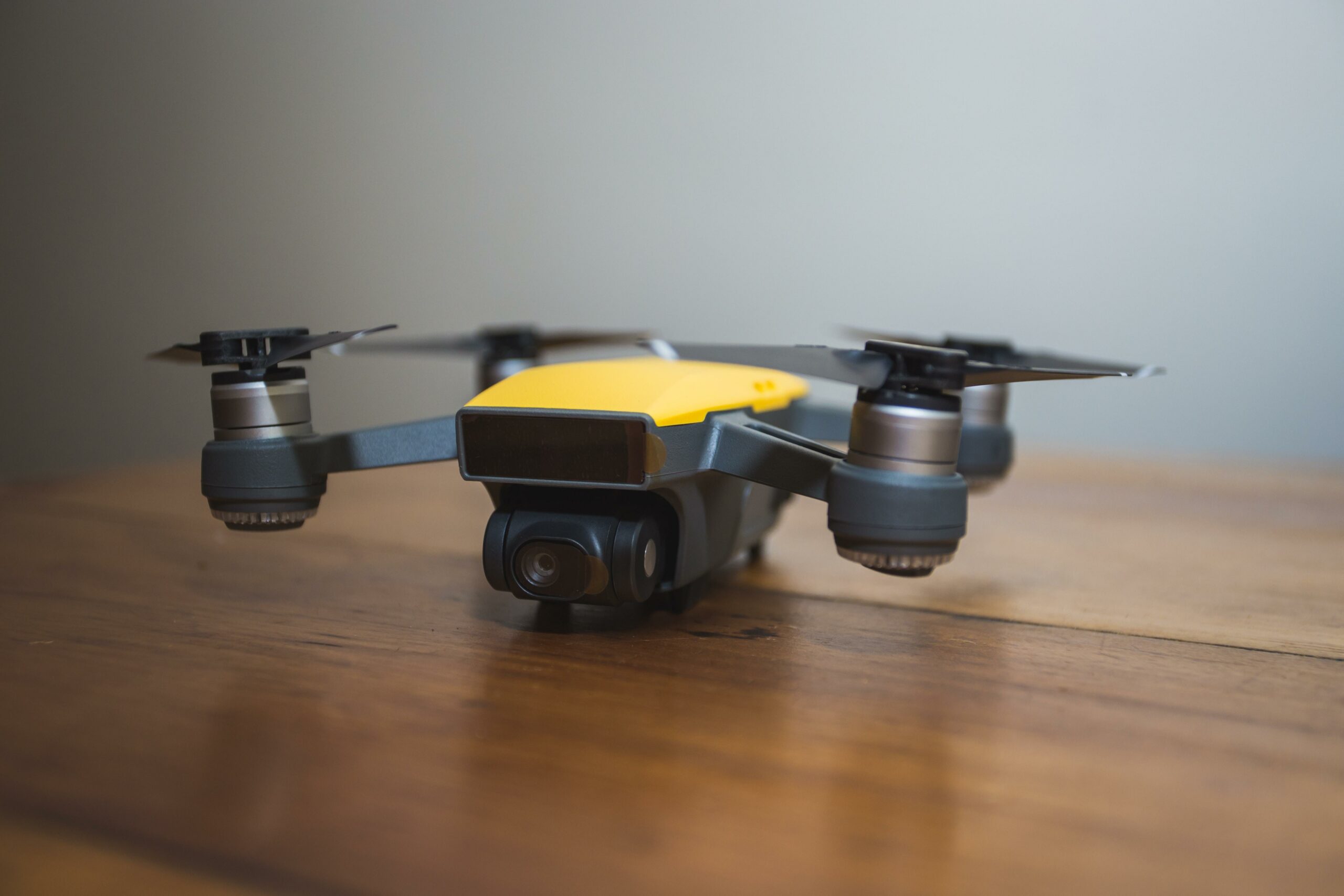
Microscope Invention History
Have you ever wondered about the journey of the microscope? How this revolutionary tool came into existence and evolved over time, shaping our understanding of the microscopic world? From the ancient discovery of lenses to the modern advancements of microscopy techniques, the history of microscope invention is indeed fascinating.
The story begins around 1590 when the microscope was believed to have been invented. While the exact inventor remains unclear, some historians attribute it to Hans Lippershey, who filed the first patent for a telescope. However, it was Antony Van Leeuwenhoek, a Dutch scientist in the mid-seventeenth century, who truly embraced the microscope’s potential and used it to make groundbreaking discoveries.
It was Leeuwenhoek’s work that effectively launched microbiology in 1674. With his single-lensed microscopes, he observed and documented intricate details of various organisms, including bacteria and cells, earning him the title of the “Father of Microbiology.” These microscopes remained popular until the 1850s, playing a crucial role in scientific discoveries and advancements.
Parallel to Leeuwenhoek’s contributions, another Dutch father-son team, Hans and Zacharias Janssen, played a significant role in microscope invention. In the late 16th century, they developed the first compound microscope, which utilized multiple lenses to achieve higher magnification. This innovation paved the way for further developments in microscopy and brought us closer to unraveling the mysteries of the microscopic world.
“From the humble beginnings of single-lensed microscopes to the revolutionary compound microscopes, the microscope’s journey is a testament to human curiosity and ingenuity.”
As the centuries passed, technological advancements continuously improved the quality and usability of microscopes. Manufacturers fine-tuned the design, bringing about significant improvements in lenses, lighting systems, and focusing mechanisms. These advancements allowed scientists to delve deeper into the microscopic realm and make remarkable discoveries.
Fast forward to the present day, and we find ourselves equipped with a wide array of cutting-edge microscopy techniques. From electron microscopes that reveal intricate nanostructures to confocal microscopes that produce stunning 3D images, the possibilities seem limitless. The history of microscope invention has paved the way for a multitude of scientific disciplines, from medicine and biology to materials science and nanotechnology.
“In our quest to understand the world around us, the microscope has been an invaluable tool, unveiling hidden wonders and driving the progress of science.”
In conclusion, the history of microscope invention is a testament to the human desire to explore the unknown. It has evolved from ancient lenses and the ingenuity of early inventors to the advanced capabilities of modern microscopy techniques. Today, microscopes continue to shape our understanding of the microscopic world, propelling us toward new scientific frontiers.
Key Takeaways:
– The microscope was invented around 1590, with the exact inventor remaining unclear.
– Antony Van Leeuwenhoek’s work in the mid-seventeenth century launched microbiology, using single-lensed microscopes.
– The Dutch father-son team, Hans and Zacharias Janssen, invented the first compound microscope in the late 16th century.
– Technological advancements have improved the quality and usability of microscopes over time.
– The history of microscope invention has played a crucial role in scientific discoveries and advancements.
So, the next time you peer through a microscope and unravel the hidden wonders of the microscopic world, remember the incredible journey that led us to this point. The microscope invention history is a testament to the human spirit of exploration and our relentless pursuit of knowledge.
Microscopes have brought about revolutionary discoveries in the field of science. If you’re curious about this incredible instrument, dive into the fascinating world of microscopes with these 3 mind-boggling facts about them. Click here to uncover the first fact about the microscope: 3 facts about the microscope. Prepare to immerse yourself in astonishing knowledge that will change the way you view the world at a microscopic level.
FAQ
Question 1: Who is credited with inventing the microscope?
Answer 1: The exact inventor of the microscope is unclear, but some historians believe it was Hans Lippershey, who filed the first patent for a telescope.
Question 2: When were the first compound microscopes invented?
Answer 2: The first compound microscopes were invented in 1590 by Hans and Zacharias Janssen, a Dutch father-son team.
Question 3: Who first used compound microscopes to make discoveries?
Answer 3: Antony Van Leeuwenhoek, in the mid-seventeenth century, was the first to effectively use compound microscopes to make discoveries and launched the field of microbiology in 1674.
Question 4: When did single-lensed microscopes become less popular?
Answer 4: Single-lensed microscopes remained popular until the 1850s, when advancements in microscope technology improved the quality and usability of compound microscopes.
Question 5: What role has microscopy played in scientific discoveries?
Answer 5: Microscopy has played a crucial role in scientific discoveries and advancements, allowing scientists to observe and study the microscopic world in detail.
- Jerry McSorley’s Post-Divorce Life: New Beginnings - July 16, 2025
- The Rise and Fall of the New Haven Nighthawks: A Minor League Hockey Legacy - July 16, 2025
- Unlock Jerry McSorley’s Career Highlights: Eye Tax Inc.’s Solar Success - July 16, 2025
